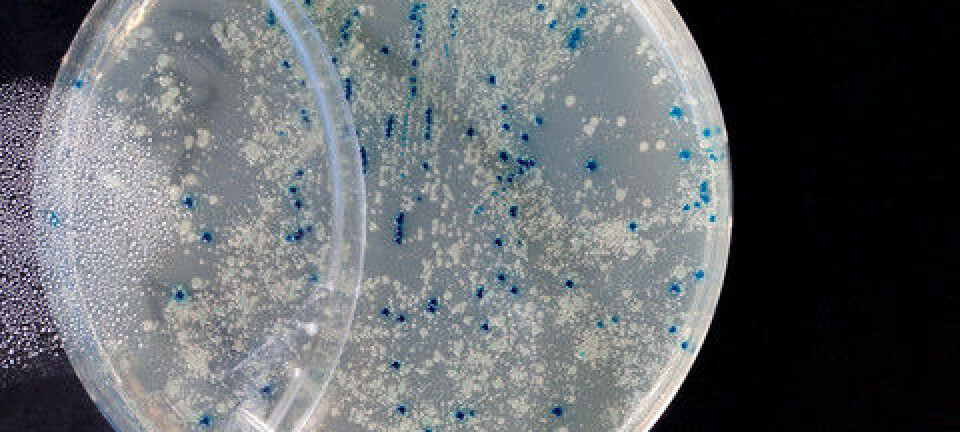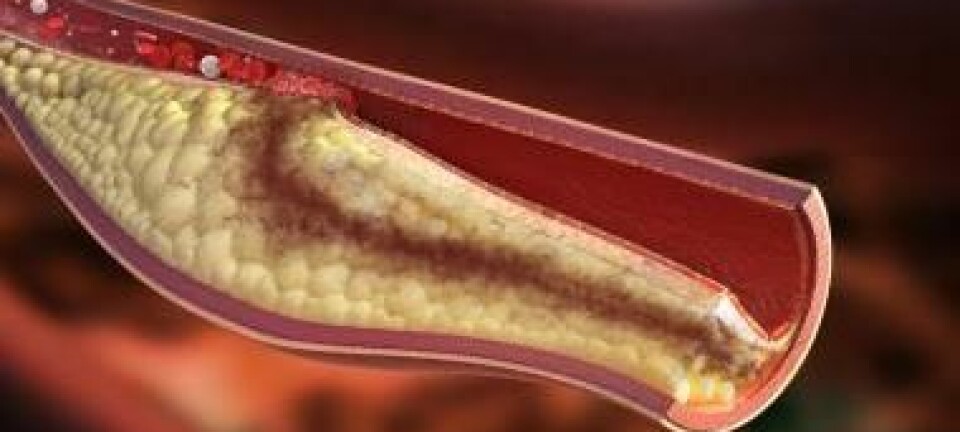
Breakthrough for depression, schizophrenia, and high blood pressure
Scientists have mapped the enzyme that transforms dopamine into noradrenaline. The discovery may lead to better treatment options for diseases such as depression, schizophrenia, and high blood pressure.
There is renewed hope for the treatment of a range of dangerous diseases, including raised blood pressure, depression, and schizophrenia. Scientists have mapped the structure of one of the key enzymes that plays an important role in the development of all three diseases.
It took ten years to map the enzyme known as dopamine beta-hydroxylase--a neurotransmitter that transforms dopamine to noradrenaline (norepinephrine) in the brain.
Watch the video at the end of this article to hear more about the discovery.
“It’s a breakthrough and we’re really excited to publish the structure of this enzyme. It’s very important for the treatment options of a whole range of diseases,” says co-author Hans Christensen from the Department of Chemistry at the Danish Technical University (DTU).
“For example, this new knowledge could contribute significantly to the development of medical treatments for raised blood pressure, heart failure, cocaine addiction, and post-traumatic stress, because the enzyme is key in these diseases,” says Christensen.
Dopamine and noradrenaline are neurotransmitters found in the brain. When they are unbalanced, they can help cause a range of diseases.
The new results are published in the journal Science Advances.
Enzyme is a bandleader for disease
How does this enzyme cause such a range of diseases?
“The enzyme works as a kind of bandleader that initiates the process. The transformation happens only when the enzyme is present and brings all the molecules and chemicals together,” says Christensen.
Professor Jetter Sandholm Kastrup, from the Institute of Drug Design and Pharmacology at the University of Copenhagen is impressed with the new results.
“It’s a great discovery,” says Kastrup, who was not involved with the new research.
“A lot of people have tried [to map it] previously, because it’s such an essential enzyme for many functions,” she says. The results have been long awaited she says and congratulates Christensen and his team on the discovery.
Other diseases that may benefit from the new discovery are heart failure, Alzheimer’s, and Huntington’s disease.
Video: DTU Chemistry. See how scientists mapped the structure of an enzyme that converts the neurotransmitter dopamine to noradrenaline.
---------------
Read the Danish version of this story on Videnskab.dk
Translated by: Catherine Jex










